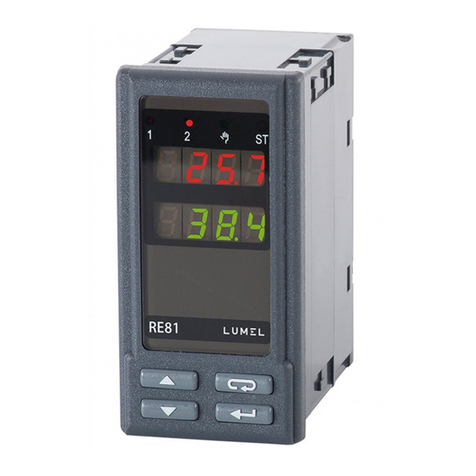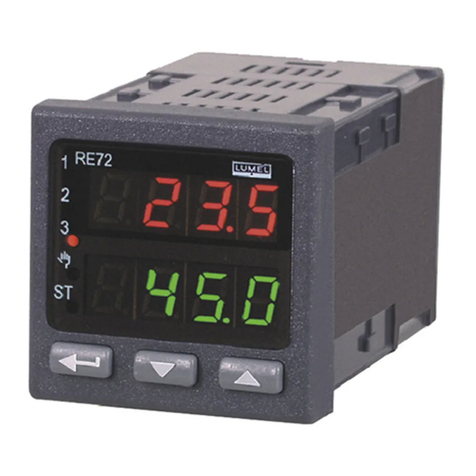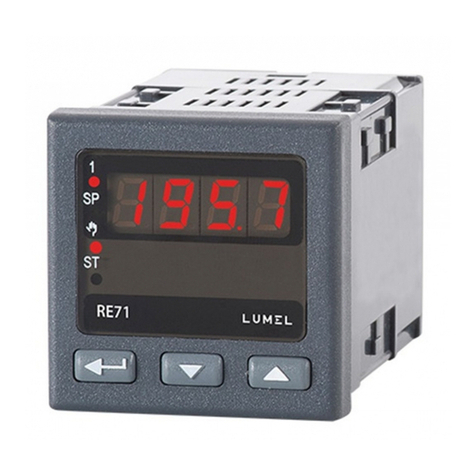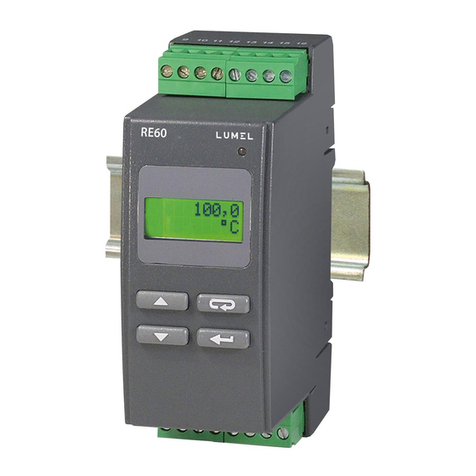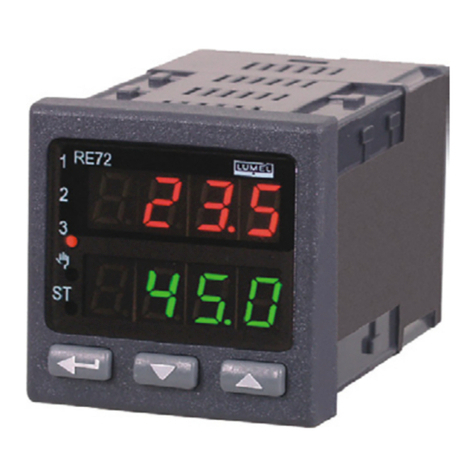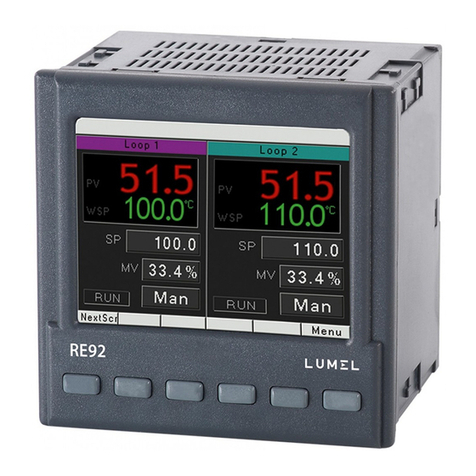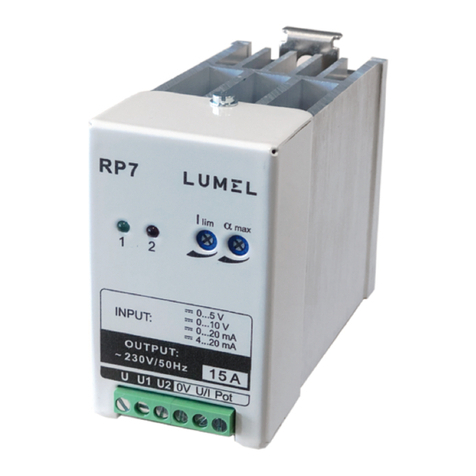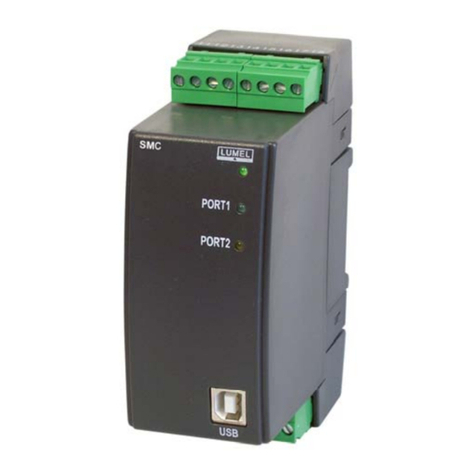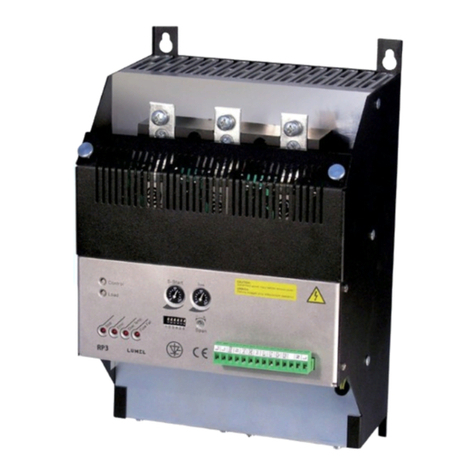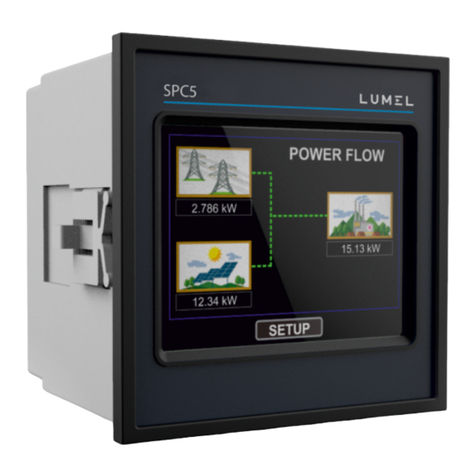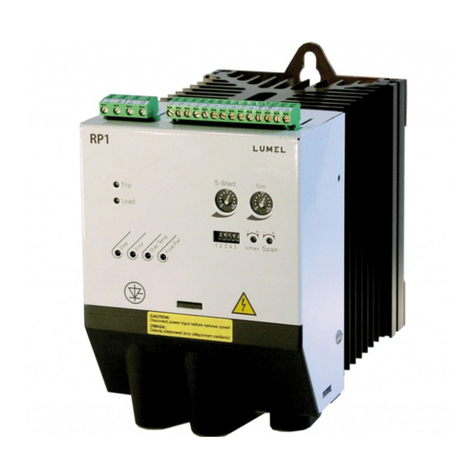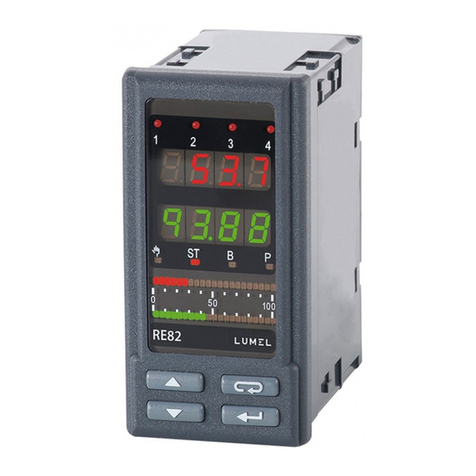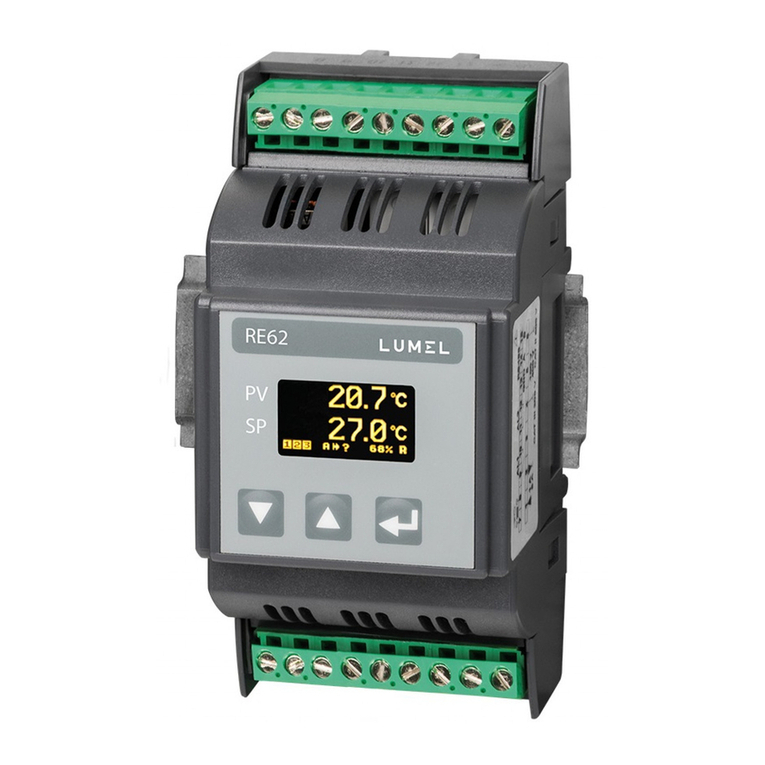5
vSimple access rule to the link based on the master-slave
principle,
vProtection of transmitted messages against errors,
vConfirmation of remote instruction realisation and error
signalling,
vEffective actions protecting against the system suspension,
vTaking advantage of the asynchronous character transmission.
Programmable controllers working in the MODBUS system can
communicate with each other, taking advantage of the
master-slave protocol type, in which only one device (the
master - superior unit) can originate transactions (called
queries), and others (slaves subordinate units) respond only to
the remote query by supplying the requested data to the
master. The transaction is composed of the transmitted command
from the master unit to the slave unit and of the response
transmitted in the opposite direction. The response includes data
demanded by the master or the realised confirmation of its
command. Master can transmit information to individual slaves, or
broadcast messages destined for all subordinate devices in the
system (responses are not returned to broadcast queries from the
master).
The format of transmitted information is as follows:
master => slave: device address, code representing the
required command, data to be sent, control
word protecting the transmitted message,
slave => master: sender address, confirmation of the command
realization, data required by the master,
control word protecting the response
against errors.
If the slave device detects an error when receiving a message, or
cannot realize the command, it prepares a special message about
the error occurrence and transmits it as a response to the
master.
Devices working in the MODBUS protocol can be set into the
communication using one of two transmission modes: ASCII or RTU.
The user chooses the required mode, along with the serial port
